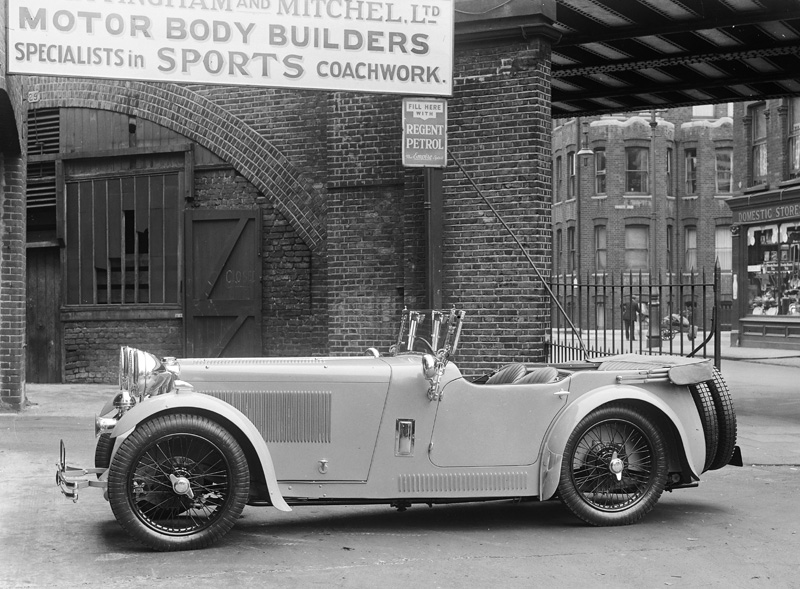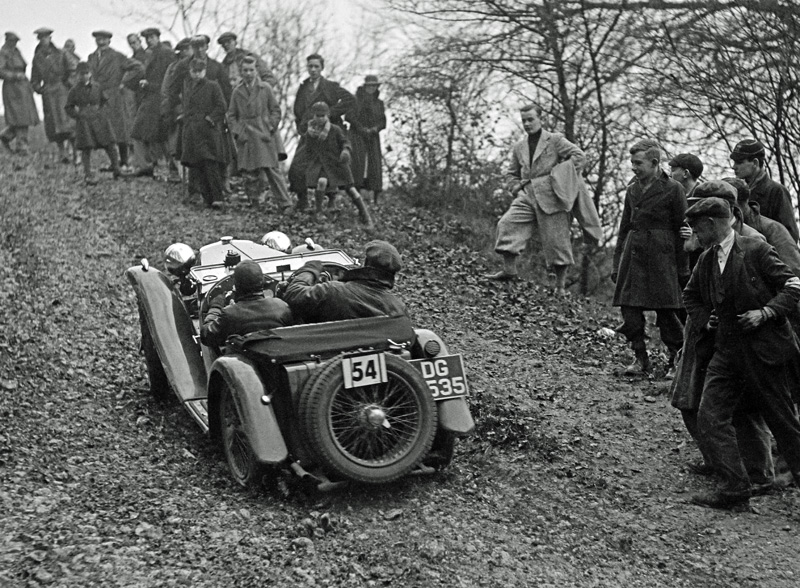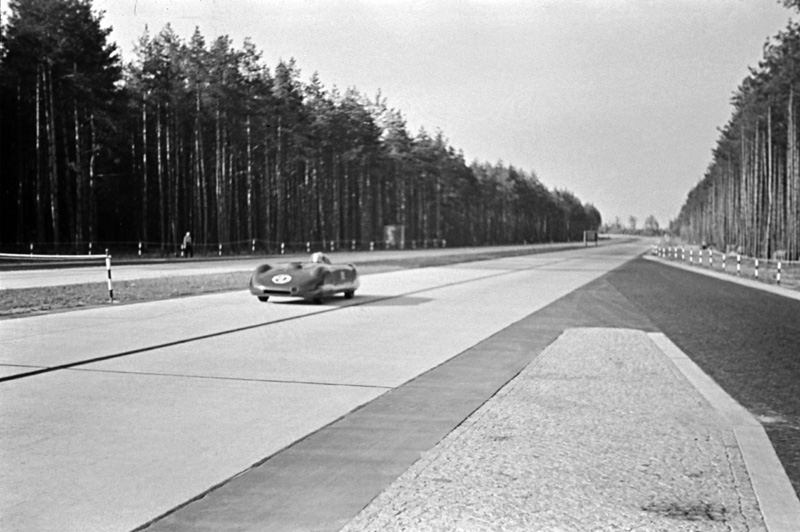The Triple M series of MG’s all belong to a family of models that commenced with the 1929 MG Midget and continued through to the mid-thirties via a long string of four and six cylinder OHC engined cars that forged the marques identity.

C.A.N. May was a well known trials exponent in the pre and immediate post-war years as well as authoring two books on the topic (Wheelspin and More Wheelspin.) Here he is seen at the wheel of the blown ex Cream Cracker MG PB (JB 7521) on 26th February 1938 while taking part in that year’s ‘Colmore’. It wasn’t a particularly successful event for Mr. May who collected a 3rd class award for his efforts that day, albeit it was just ten days since his marriage to passenger Joan. (LAT Collection ‘Motor’ negative – courtesy of Motorsport Images)






























































































































































































































































































































































































































































